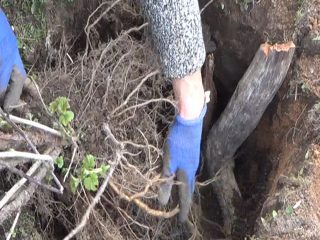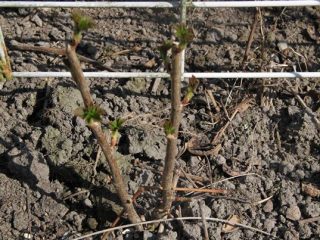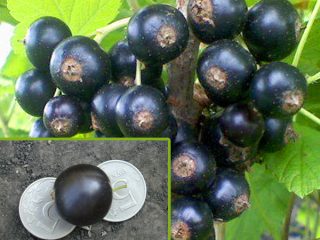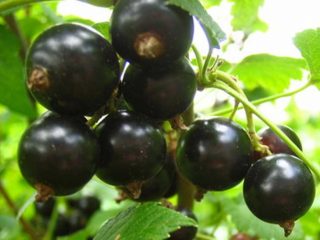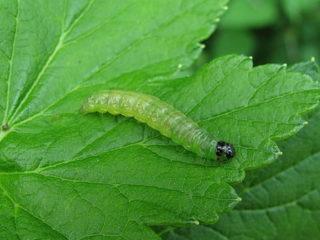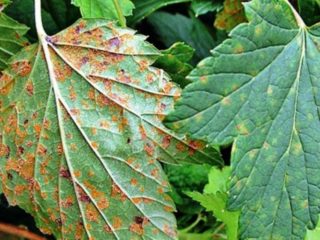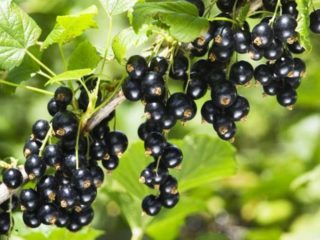Content
Suiga currant is a chokeberry variety characterized by high resistance to temperature changes. Despite the fact that it was received relatively recently, many gardeners have already been able to appreciate it. The main advantage of the Suiga variety is stable fruiting for 12-13 years without rejuvenating pruning, which greatly simplifies care. This species also has increased immunity to common diseases and crop pests.
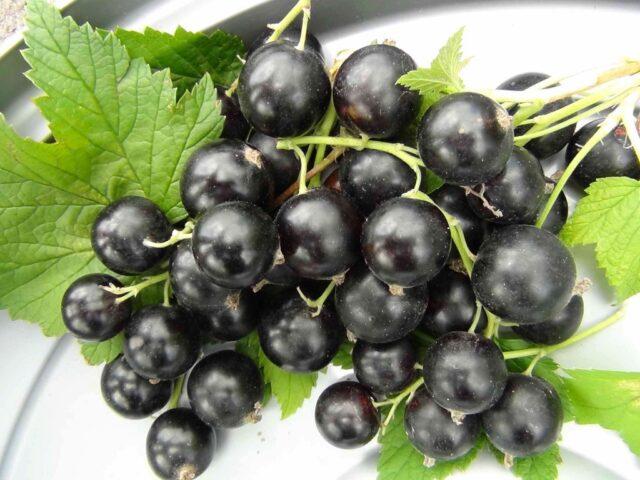
Suiga currant fruit ripening is extended
History of selection
The Suiga currant variety is the brainchild of the Siberian Research Institute of Horticulture named after. M. A Lisavenko. Selection and breeding work was carried out at the Bakcharsky stronghold. The species was obtained as a result of open pollination of the Nochka currant variety in 1997. Over the next ten years, attempts were made to improve the basic characteristics. As a result, the tests carried out fully confirmed the compliance of the varietal qualities, so Suiga currants were included in the State Register in 2007.
This species shows maximum performance in the West Siberian region. But, judging by the reviews, it is successfully grown in other areas.
Description of Suiga currant
This type of currant is distinguished by tall bushes with a dense, slightly spreading crown. The height of the plants reaches 1.3-1.5 m, and the width is about 1-1.2 m. Young shoots of Suiga are erect, their diameter is 0.7-1 cm. Initially they have a rich green tint, which later turns pale, and when lignified it becomes brownish-gray in color.
Suiga currant buds are medium in size with a sharp tip. They are attached to the shoots using short stems that are deflected at the base. The leaf scar has a round shape.
The leaves have a standard five-lobed shape. The central segment is much longer than the others. The plates are dark green and can be medium or large in size. The central and side blades are connected at an obtuse angle. The surface of the plates of the Suiga currant is bare, matte, slightly convex. At their base there is a heart-shaped small notch. The teeth on the leaves are pointed, large, with a light tip. The petiole is of medium length and thickness, and has a pronounced anthocyanin color.
Suiga currant flowers are medium-sized and goblet-shaped. The sepals are pinkish-green in color. They are located freely and bent in an arched manner. The fruit clusters of the Suiga blackcurrant are elongated. Their central petiole is bare and medium in size. Each one produces eight to ten berries.
The fruit size is large. Their weight ranges from 1.5-3 g. The cluster may contain non-uniform berries. They have a regular round shape.When ripe they acquire a black tint. The skin is dense, shiny, and slightly noticeable when consumed. The pulp is juicy and contains many small seeds.
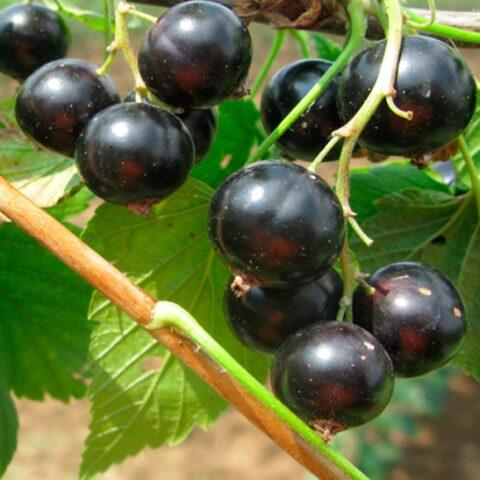
The vitamin C content in Suiga currants reaches 140 mg per 100 g of product
The taste of Suiga currants is sweet and sour, refreshing. Experts rate it 4.8 points out of a possible five. The peduncle is thin, the calyx is closed. The harvest is suitable for fresh consumption and processing. You can make juice, preserves, jam, jelly, compote, and marmalade based on Suiga currants. At the same time, the tasting rating of ready-made dishes is five points.
Characteristics
This variety is ideal for growing in the northern and central regions. Therefore, many gardeners prefer it, even when compared with more modern species. But to understand what its strengths are, you need to study the main characteristics.
Drought resistance, winter hardiness
Suiga currant has a high level of frost resistance. It does not suffer from temperatures dropping to -30°C in the presence of snow. If wintering conditions do not comply, it is necessary to cover the crown of the bush with agrofibre, and lay a layer of mulch 10 cm thick in the root circle.
Suiga currant easily tolerates short-term drought, but with a long-term lack of moisture it needs regular watering. Otherwise, the berries do not become smaller, but their number is sharply reduced.
Pollination, flowering period and ripening time
Black currant Suiga belongs to the category of self-fertile species.Therefore, it does not need additional pollinators, and close cultivation of other varieties does not affect its productivity in any way.
The flowering period begins in the second half of May, so the shrub is immune to spring return frosts. Suiga is a mid-late variety, so the first fruits on the plant ripen at the end of July. And since the species has extended fruiting, the collection should be carried out in several stages. The berries are immune to direct sunlight, so burns on the skin do not appear.
Productivity and fruiting
This variety of crop is high-yielding; 3.5 kg of marketable fruit can be harvested from one bush. Freshly picked berries can be easily stored for up to five days in a cool room without loss of commercial quality. The crop can easily be transported, but it is recommended to transport it in baskets of no more than 5 kg. The shrub begins to bear fruit in the second year after planting.
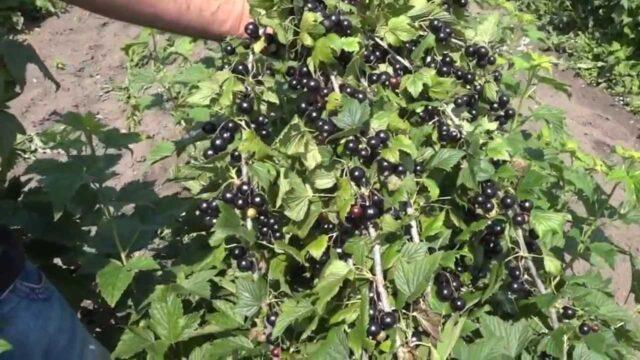
Suiga currant is characterized by dry fruit separation
Resistance to diseases and pests
The shrub of this variety has high natural immunity. Suiga currant shows resistance to bud mite, powdery mildew, and shoot gall midge. But at the same time it can be affected by moth and septoria. Therefore, the shrub needs periodic preventive treatments if growing conditions do not meet the requirements of the crop.
Advantages and disadvantages
Suiga black currant has a number of advantages that sets it apart from other varieties. But it also has certain disadvantages that need to be taken into account. Therefore, you should study the strengths and weaknesses of this type in advance.
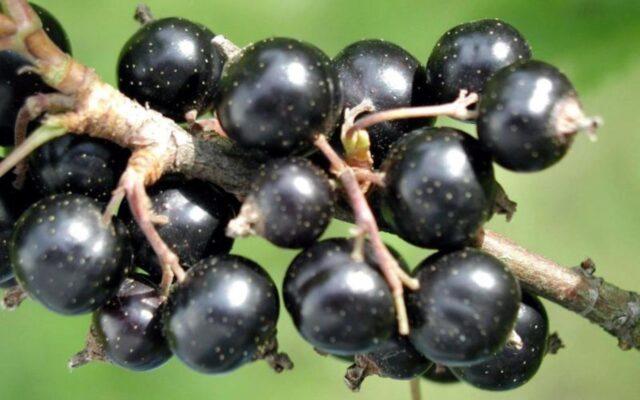
The Suiga currant crop lasts a long time on the branches and does not fall off
Main advantages:
- large fruit;
- high productivity;
- resistance to diseases and pests;
- excellent frost resistance;
- does not require frequent renewal of bushes;
- versatility of application;
- high tasting score;
- marketability, suitability for transportation and storage;
- self-fertility.
Flaws:
- does not tolerate drought well;
- does not tolerate stagnation of moisture in the soil;
- Average resistance to moth and septoria.
Features of planting and care
Suiga currant seedlings should be planted in open, sunny areas. At the same time, they must be protected from cold gusts of wind. Maximum performance can be achieved by growing this species on loamy and sandy loam soils with a neutral acidity level and good aeration.
Planting should be done in the spring, when the snow has melted and the ground has thawed to a depth of 20 cm. It is important that the temperature during the day stays within + 7-10 ° C, which promotes rapid rooting. It is better to choose two-year-old seedlings with well-developed roots and shoots. They should not show signs of disease or mechanical damage.
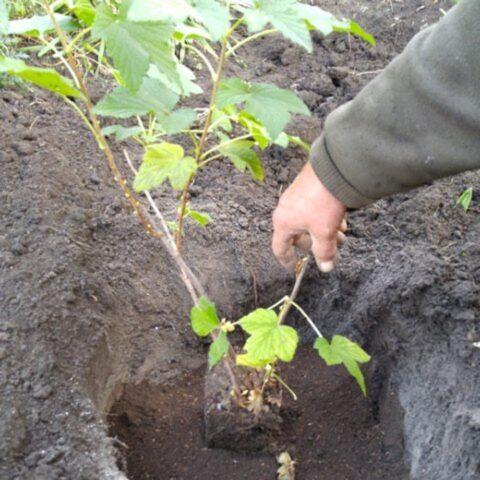
The Suiga variety should not be planted in deep shade.
When planting, it is necessary to deepen the root collar of the plant 2 cm into the soil to activate the growth of side shoots.
Caring for Suiga currants is standard. It includes periodic watering during a long absence of rain. Irrigation should be carried out at the root 1-2 times a week, using settled water.
It is recommended to fertilize the bush three times per season. The first time you should apply organic matter is in the spring when the growing season is active.The second and third feeding of Suiga currants is carried out during the period of berry ovary and after fruiting. At this time, phosphorus-potassium mineral mixtures should be used.
Every spring, the crown should be cleared of broken and damaged branches. It is also important to cut out old shoots at the base, leaving no more than 15-20 pieces. In spring and autumn, the bush should be treated with Bordeaux mixture against diseases; if signs of pests appear, use Karbofos or Fufanon.
Conclusion
Suiga currant is a chokeberry variety that has managed to win the favor of many beginners and experienced gardeners. This is due to its high performance regardless of weather conditions and low maintenance requirements. And its excellent taste, both fresh and processed, only contributes to the growth of its popularity.
